Everyone either wants to be a writer or thinks they’re already the best writer in the world. Buit what do you really know about writing? Here’s a list of writing resources, challenges and technique from the best writers in the game. How many have you already read? Which will be your next read?
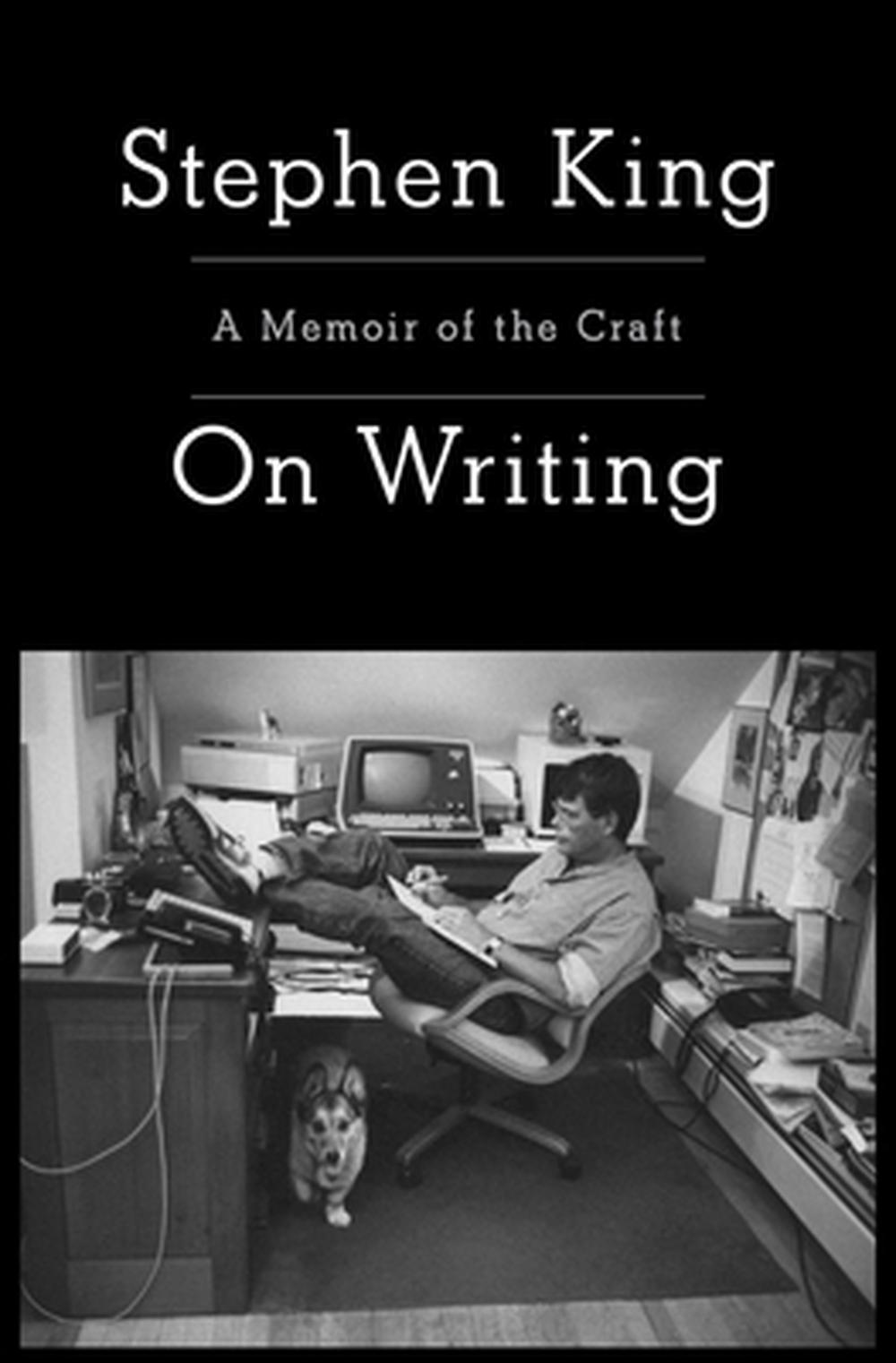
On Writing: A Memoir of the Craft – Stephen King
On Writing: A Memoir of the Craft (A Memoir of the Craft (Reissue)): King, Stephen
Have you ever wondered how Stephen King produces so many books? Well, he has a lot of experiences, habits, and convictions that have helped him become the person and author we all know and love. Part memoir and part master class, this book will help writers learn basic tools of the trade, get advice grounded in King’s own emergence as a writer, and find the connection writing holds with living. We can’t recommend this memoir enough for writers looking to hone their craft and understand what goes into getting published!
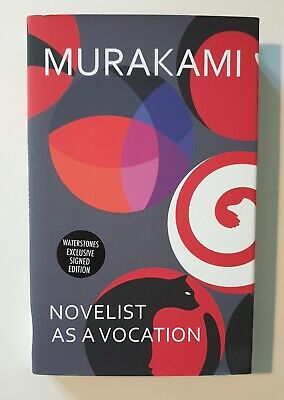
Novelist as a Vocation – Haruki Murakami
Amazon.com: Novelist as a Vocation: Murakami, Haruki
Novelist as a Vocation by Haruki Murakami is as close to being Haruki Murakami (apologies to John Malkovich) as we’ll ever get. A beautiful and luxurious deep dive into how Murakami works and writes, fans of his fiction as well as anyone interested in creative pursuits will do well to wander into these pages.
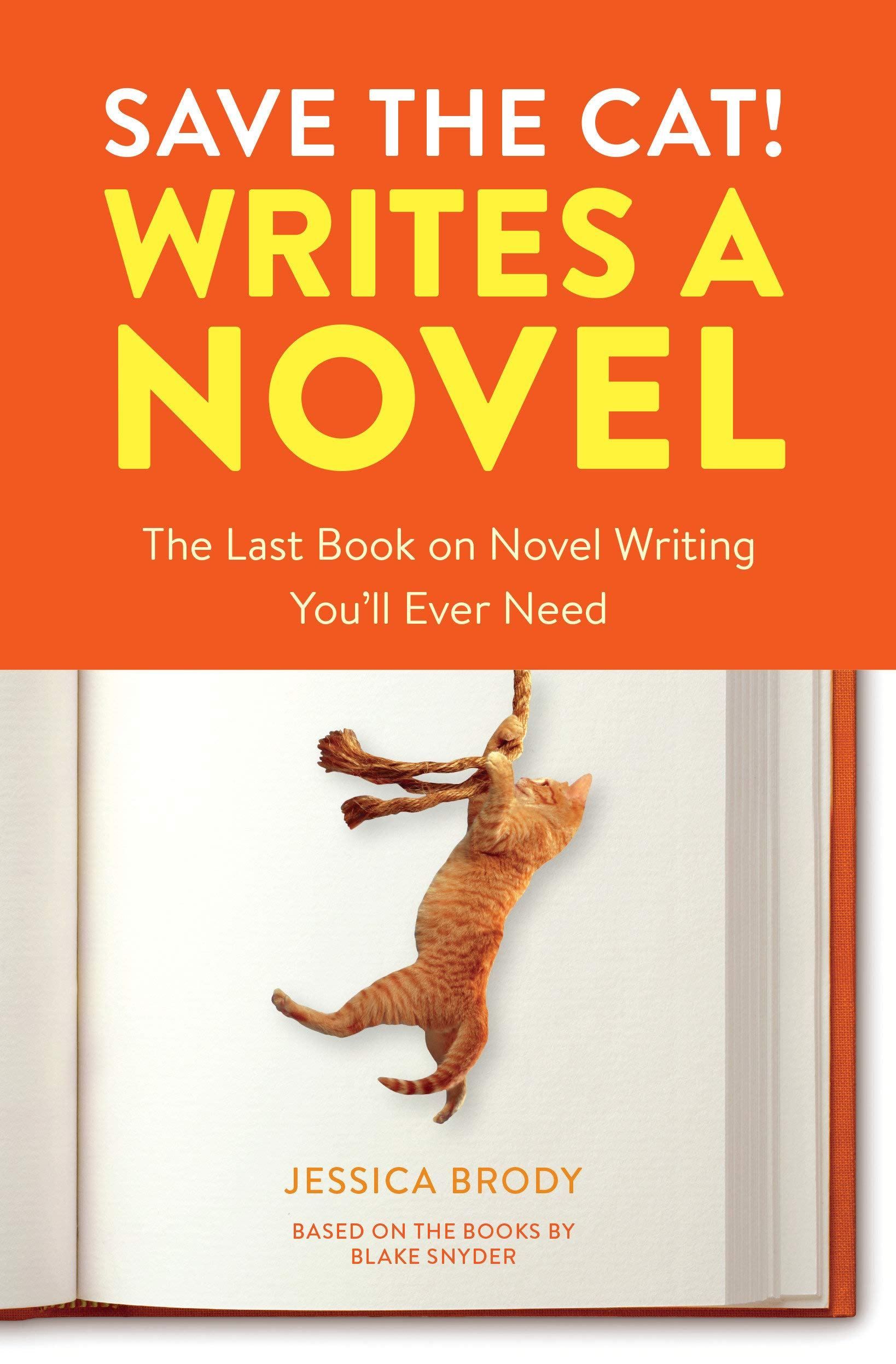
Save the Cat! Writes a Novel: The Last Book On Novel Writing You’ll Ever Need – Jessica Brody
Save the Cat! Writes a Novel: The Last Book On Novel Writing You’ll Ever Need: Brody, Jessica
Looking to make your book a success? Well look no further than Save the Cat! Writes a Novel. Revealing essential “beats” that make a story successful, both with important knowledge and craft advice and quirky insights, this book will help those new and experienced write their novel.

The Anatomy of Story: 22 Steps to Becoming a Master Storyteller – John Truby
The Anatomy of Story: 22 Steps to Becoming a Master Storyteller: Truby, John
While this book is technically for screenwriting, it’s full of important structures and advice that are transferrable to novels. After all, this book is much more about storytelling than on the specific medium of screenwriting. Full of insights and fresh techniques from a respected and sought-after story consultant in the industry, The Anatomy of Story will help writers new and old hone their abilities.

Writing Down the Bones: Freeing the Writer Within – Natalie Goldberg
Amazon.com: Writing Down the Bones: Freeing the Writer Within
Have you ever had writers’ block and simply couldn’t figure out how to kick it? Or found yourself hating every single word you’ve put down on the page? We’ve all been there, and this book is all about overcoming our inner critic and letting ourselves write. So, get ready for advice connected to the writer’s craft and unleash your inner writer!
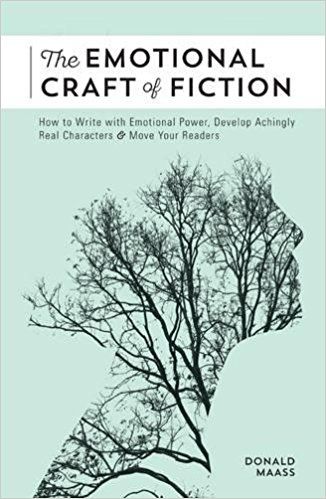
The Emotional Craft of Fiction: How to Write the Story Beneath the Surface – Donald Maass
The Emotional Craft of Fiction: How to Write the Story Beneath the Surface
It’s undeniable that a good story makes readers feel something. If you’re struggling to figure out how to write an emotionally compelling story that will linger in readers’ minds long after they’ve finished reading, then you’ll want to pick this book up. Written by a veteran literary agent and expert fiction instructor, this book will help authors write a novel that readers can experience.

Story Genius: How to Use Brain Science to Go Beyond Outlining and Write a Riveting Novel (Before You Waste Three Years Writing 327 Pages That Go Nowhere) – Lisa Cron
Story Genius: How to Use Brain Science to Go Beyond Outlining and Write a Riveting Novel (Before You Waste Three Years Writing 327 Pages That Go Nowhere)
Are you a Pantser or a Plotter? What if you were to know that there’s a more effective way of writing a story than just winging it or planning it all out ahead of time? In Story Genius, Lisa Cron sets out to help writers discover just that, harnessing the science behind how our brains are wired and what they crave in each story. This book is a step-by-step blueprint to harnessing that power and drafting compelling stories.

The Complete Handbook of Novel Writing: Everything You Need to Know to Create & Sell Your Work – Writers’ Digest Books
The Complete Handbook of Novel Writing: Everything You Need to Know to Create & Sell Your Work
If all of these seem a little overwhelming, might we recommend this book full of advice ranging from sparking the story idea to selling your work to be published. Full of bite-sized advice from established authors, this book is organized by topic to help budding writers seek out the information they want in a manageable way.
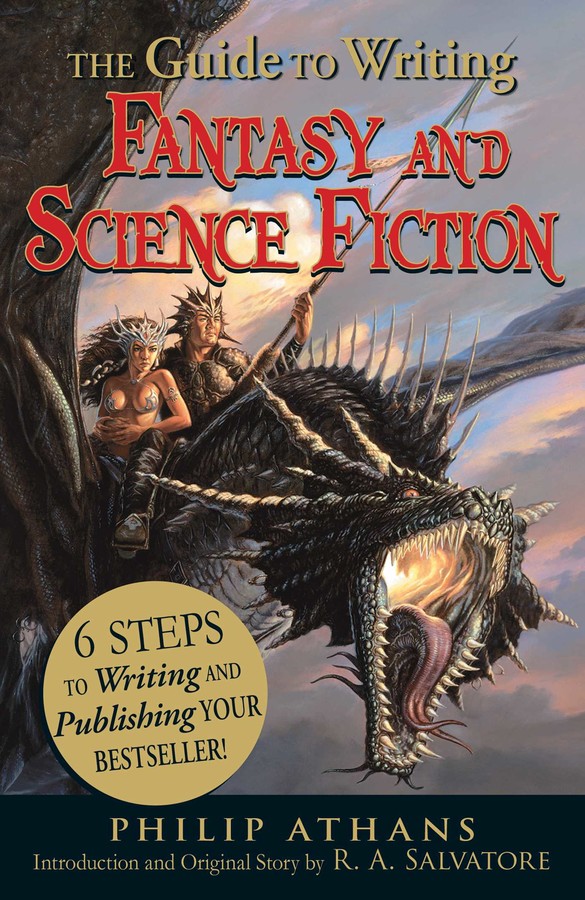
Writing Fantasy & Science Fiction: How to Create Out-of-This-World Novels and Short Stories – Orson Scott
Writing Fantasy & Science Fiction: How to Create Out-of-This-World Novels and Short Stories
If you’re looking for tips to write Science Fiction and/or Fantasy, then this is the perfect comprehensive guide for you! Ranging from world-building to character creation and defining subgenres, this book is full of advice from master authors like Orson Scott Card, Philip Athans and Jay Lake.
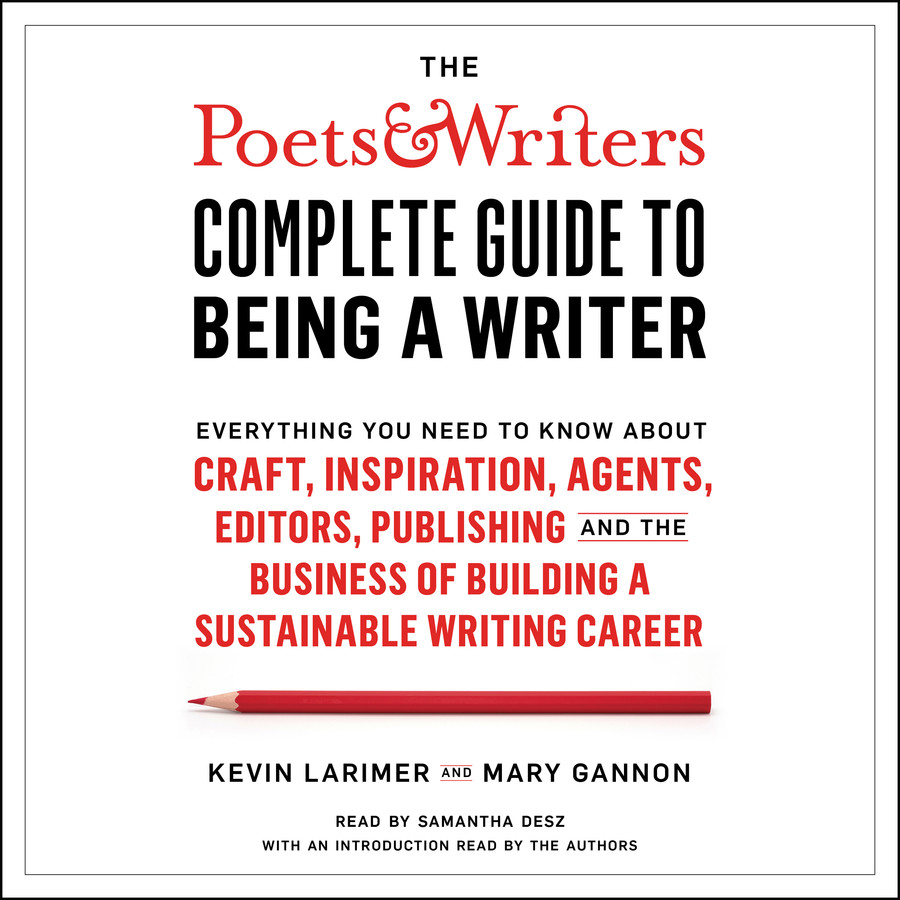
The Poets & Writers Complete Guide to Being a Writer: Everything You Need to Know About Craft, Inspiration, Agents, Editors, Publishing, and the Business of Building a Sustainable Writing Career – Kevin Larimer
Writing is hard. Period. It’s only natural to seek out information, insight, and advice from experts in the field, and with Poets & Writers Complete Guide to Being a Writer, readers will get exactly that. For writers of all genres and forms, this book is the perfect reference guide to help writers not just write, but also make a career out of it!

Wonderbook by Jeff VanderMeer
Of all the books on this list, Jeff VanderMeer’s Wonderbook is the most expansive. The exercises in the book are all about short circuiting your usual patterns of thought, and opening you up to the idea that, really, a story can be anything, and it can go anywhere. Rather than simply relying on chunks of text and straight-ahead writing advice, VanderMeer uses illustrations, asides, sidebars, and a whole interactive site to create a conversation with his reader. He also includes a number of essays from other writers – often writers who directly disagree with the advice he’s just given – to create a polyphonous craft book. This serves a purpose that I think is rare in even the most well-meaning piece of writing: it reminds you that writing, and all art, (and hell, life) is FLUX. There are no set answers. Your book (or painting, or symphony) is your art. It can be whatever you want. And the craft discussion around that isn’t a top-down lecture, it’s a conversation, an argument, and occasionally, a fantastical fishbeast with a city on its back.
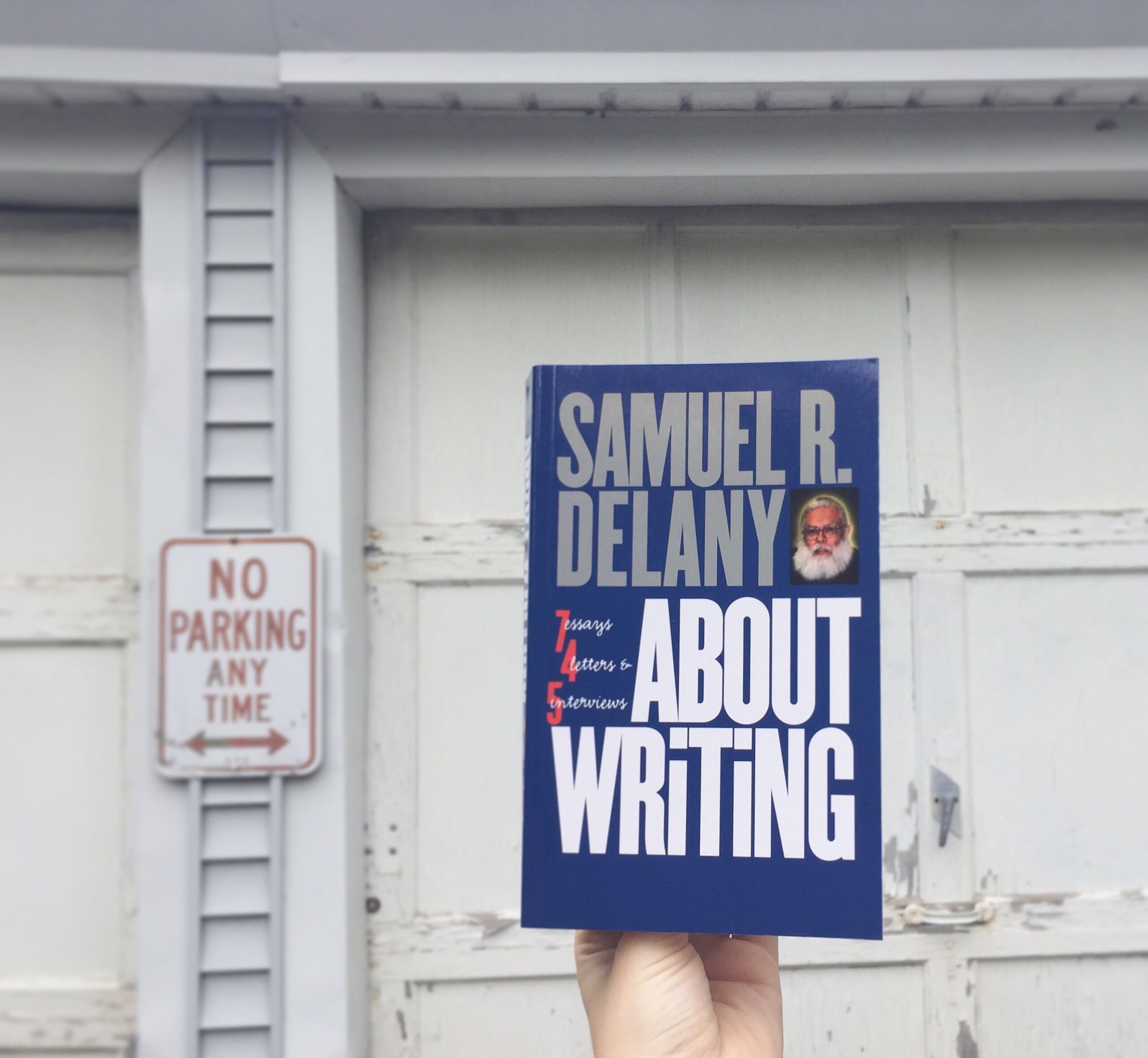
About Writing by Samuel R. Delany
Of all the writers on this list, Delany probably has the farthest breadth. He’s written space opera, high fantasy, poetry, short stories, fable, an epoch-defining work of counterculture, memoir, porn, critical essays, comics-you name it, he has it in a book, or in a drawer somewhere. About Writing is a pretty high-level craft book. While he gives advice, especially in an appendix subtitled “Nits, Nips, Tucks and Tips”, he’s more interested in digging into story structure, talking about shaping paragraphs, and wrestling with the work of other writers. He’s also very clear on one daunting concept, and that concept is in GERMAN, so you know he’s serious. If you want to write, you better make sure you have Begeisterung, the spirit of inspiration and determination that drives a person to create in the face of a vast and unknowable universe.
So, check and make sure you’ve got some of that, and then break out your pen.
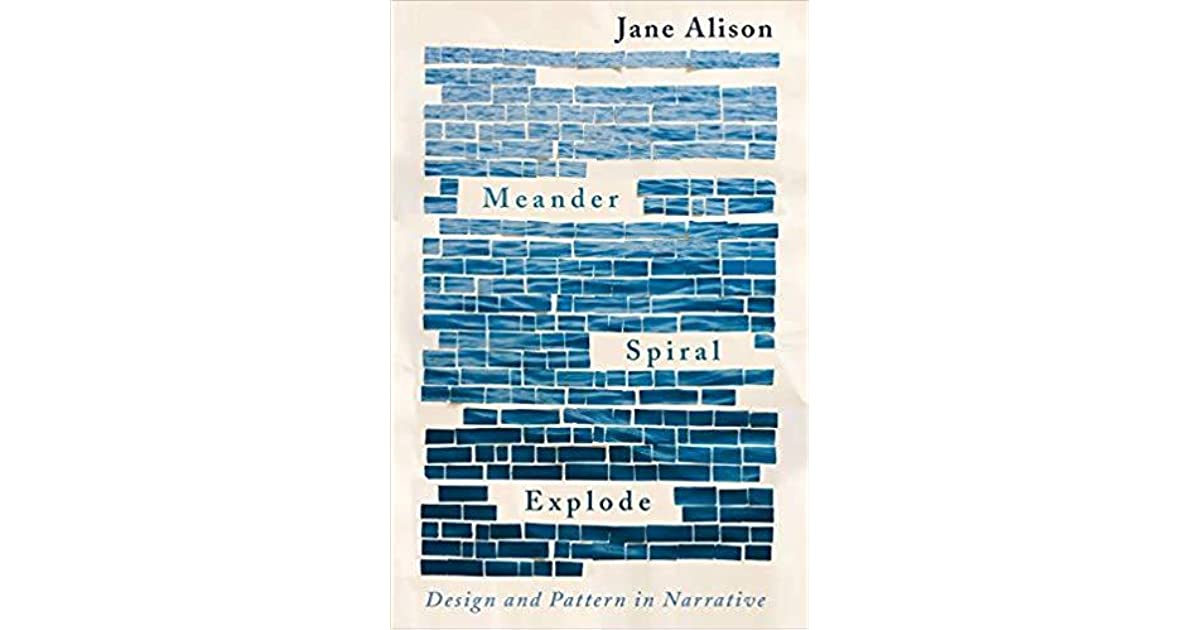
Meander Spiral Explode by Jane Alison
Meander Spiral Explode might be the most purely helpful craft book I’ve ever read. Its author, Jane Alison, has worked as a copywriter, written five novels, a memoir, and a book about Ovid’s poetry (one of her novels, The Love Artist, is also about Ovid and a possibly magical woman he encounters) and has taught in various capacities for decades-an excellent writer’s CV- but what makes MSE so good is that she rejects a lot of the standard work of a craft book. There are no admonitions about writing every day or staying in the chair a certain amount fo time, or arguments about whether MFAs are useful or not. Instead, Alison talks about shape. Most of us were probably taught things about rising action and conflict and denouement, but Alison points out that there is no law that says a story that has to be shaped into a triangle:
“The arc is an elegant shape, especially when translated to its natural form, a wave. Its rise and fall traces a motion we sense in heartbeats, breaking surf, the sun, and there’s real power in a wave’s movement from beginning to midpoint to end. Buit something that swells and tautens until climax, then collapses: a little masculo-sexcual, no? Why is this the form we should expect our stories to take?”
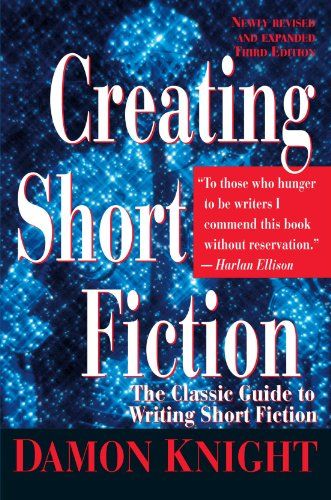
Creating Short Fiction by Damon Knight
Damon Knight is a giant of SFF. He wrote “To Serve Man”, was a member of The Futurians, founded the Science Fiction and Fantasy Writers of America and co-found the Clarion Writers Workshop, popularized the term “idiot plot”, became a Grand Master in 1994 and won a Hugo for his reviewing back when they used to give out awards for criticism. (AHEM.)
In the early 80s, he wrote one of the all-time classic books of writing advice: Creating Short Fiction, which was updated and expanded several times. Why is it an all-time classic? He breaks the daunting task of writing a story into small, achievable goals with exercises on learning to see, learning to remember, building conflict, asking your characters questions, and choosing which point of view will work best for you. And in addition to those very practical steps, he also talks about more nebulous problems, as in a chapter titled “What to Do When You’re Stuck”. Plus, he dedicates an entire section to life as a working writer, with advice on how to develop solid work habits, how to cope with despair and rejection, how to network, and how to decide whether drugs might help.

Zen in the Art of Writing by Ray Bradbury
If you want a sense of the flavor of Bradbury’s book of craft essays, in the preface he asks, “What does writing teach us?”
First and foremost, it reminds us that we are alive and that it is a gift and a privilege, not a right. We must earn life once it has been awarded us. Life asks for rewards back because it has favored us with animation.
So while our art cannot, as we wish it could, save us from wars, privation, envy, greed, old age, or death, it can revitalize us amidst it all.
Secondly, writing is survival. Any art, any good work, of course, is that.
A few paragraphs later, he advises: “You must stay drunk on writing so reality cannot destroy you.” This is all by way of warning you what you’re in for with this book. This is my personal favorite type of craft book, where the author grabs you by a pair of imaginary lapels and lifts you off the floor and reminds you that writing is joyful and exuberant—even if it doesn’t always feel like it. You are creating something where there was nothing, and that is not a thing to be taken lightly. And sure, Bradbury walks you through his early days of keeping lists that later became classic stories, gives brief retellings of writing classics like Dandelion Wine and The Martian Chronicles, and dispenses excellent practical advice. But he also gives essays titles like “How to Keep and Feed a Muse”, and reminds you that writers are fucking magicians.
And we are.
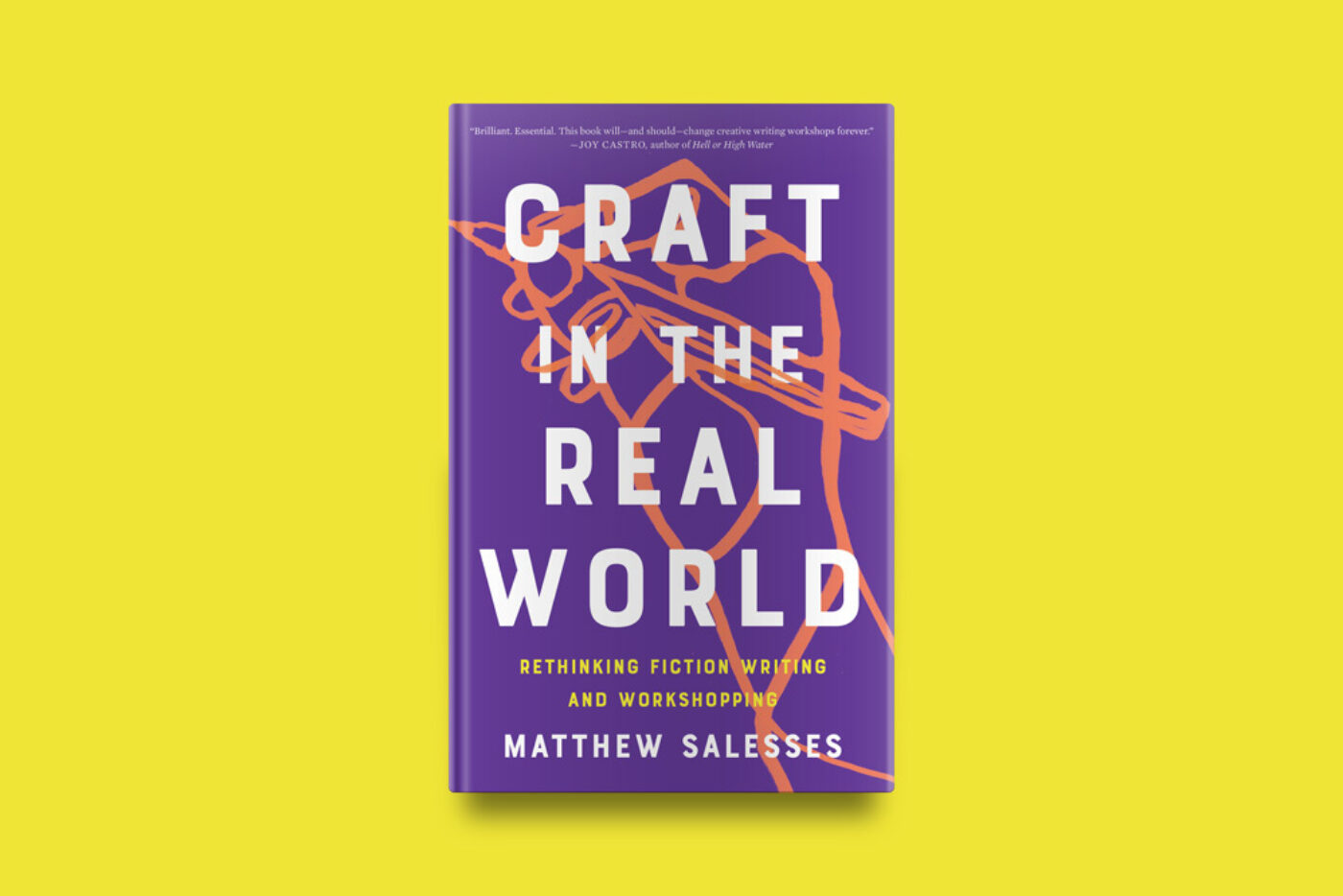
Craft in the Real World: Rethinking Fiction Writing and Workshopping by Matthew Salesses
You know how it’s become popular to talk about decolonizing your bookshelf? That’s a great thing for readers to think about, but Salesses’ book is all about how to decolonize at the source: first, in your own writing, and then in workshops you attend and/or lead. Salesses is the author of The Hundred-Year Flood and Disappear Doppelgänger Disappear and teaches at Coe College. With his first book of craft essays he gives pointed advice on how to combat racism in workshop, and also how to write from your culture without centering white readers, male readers, straight readers, etc. He works through excerpts from classics like A Wizard of Earthsea and One Thousand and One Nights, and includes sections on how teachers can rethink their syllabi and grading systems to be more inclusive, and how writer, especially those starting out, can make sure that they’re telling the stories they want to tell, not the ones they feel they’re supposed to tell. He also points out many MFA programs, having been founded and run by white, middle-class writers, center a particular type of linear, U.S.-ian storytelling. To illustrate this he spends a chapter walking readers through the differences between Chinese and Western storytelling, which you can read here!

Storyteller by Kate Wilhelm
A very different beast than Damon Knight’s practical how-to, Storyteller is more of the memoir/craft hybrid that I especially love. In this case, the memoir portion tells the story of the founding and growth of the Clarion Writers’ Workshop, and tells about thirty years’ worth of tales of the SFF community. That alone would be a great read, but Wilhelm intersperses the memories and anecdotes with her thoughts on the art of writing. Of course, there’s a reason Clarion is a legendary workshop, and that reason comes through: for all the guidance a newer writer receives, the instructors are also willing to critique, and expect their students to put in the work to become truly professional writers, and this book also outlines the necessity of leaving any preciousness at the door when it’s time to workshop a story or listen to an editor.